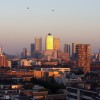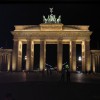On the penultimate day in Dubai, I opened Derrek’s Arabian Lonely Planet and started to read about Oman. Towards the bottom of the first page it read:
"Oman is not the easiest of destinations, particularly for lone travellers
on a tight budget and solely reliant on public transport".
As you can imagine, that made me a bit anxious about the coming weeks.
We know the Sultanate of Oman as simply Oman and that’s probably all that most of us know about it (me included before I arrived). I would guess that’s probably because it’s an Arab nation that exports relatively insignificant amounts of oil/gas and enjoys peace. I was surprised to learn that for most of human history Oman was a prosperous and influential country, until the middle decades of the 20th century when they isolated themselves from the modern world to the detriment of the country’s fortunes. However, in 1970, the Sultan’s only son overthrew him and assumed the crown (a lesson for some of you out there), which set off a rapid period of modernization known as Oman’s renaissance.
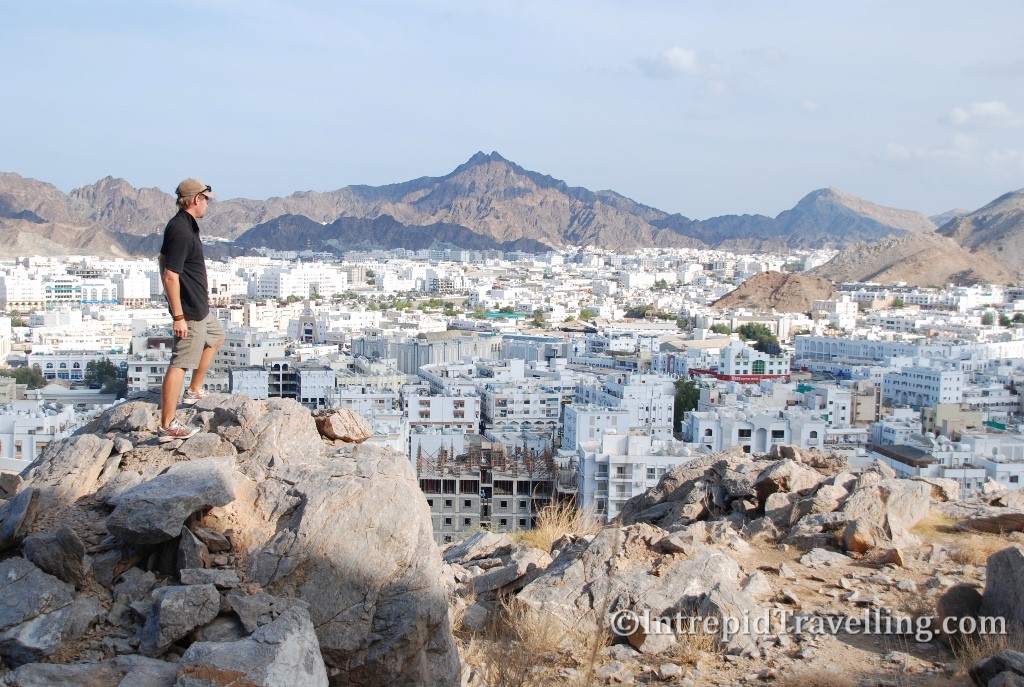
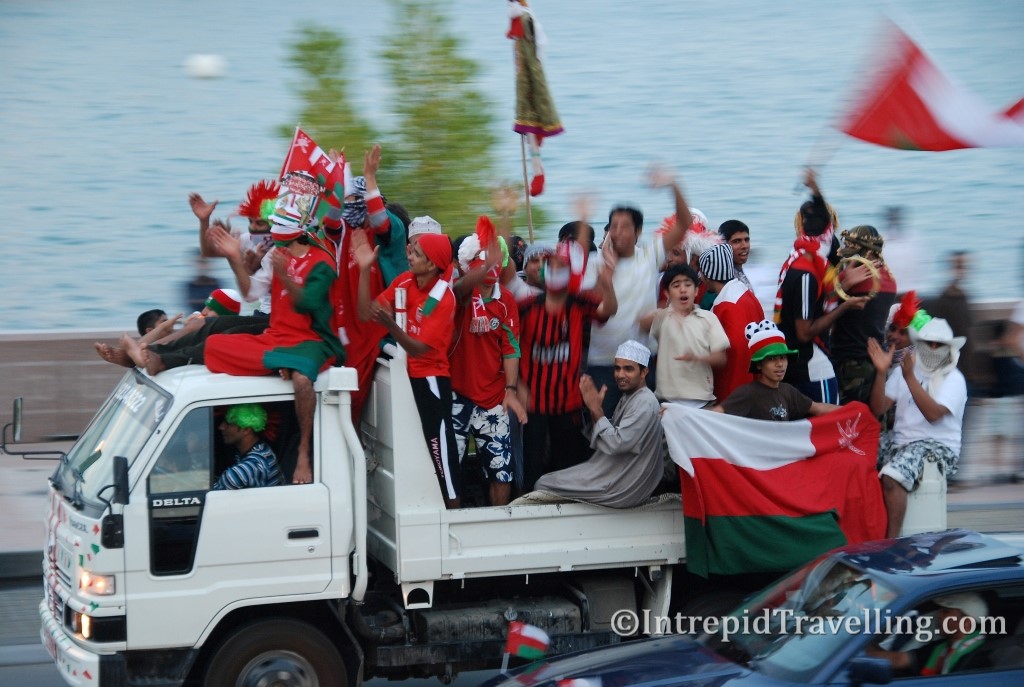
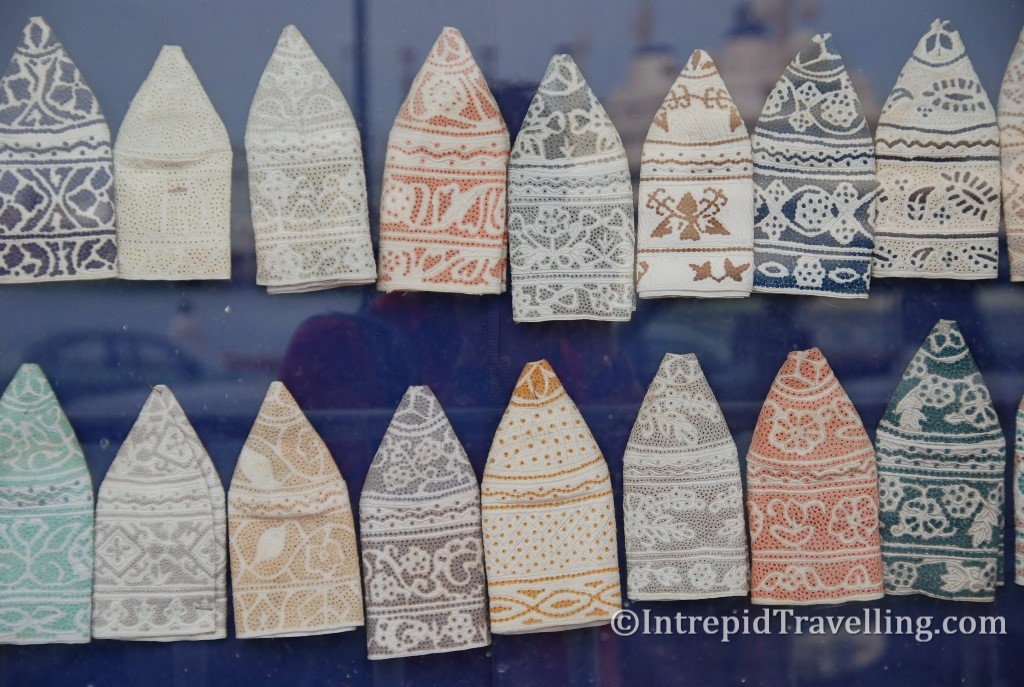
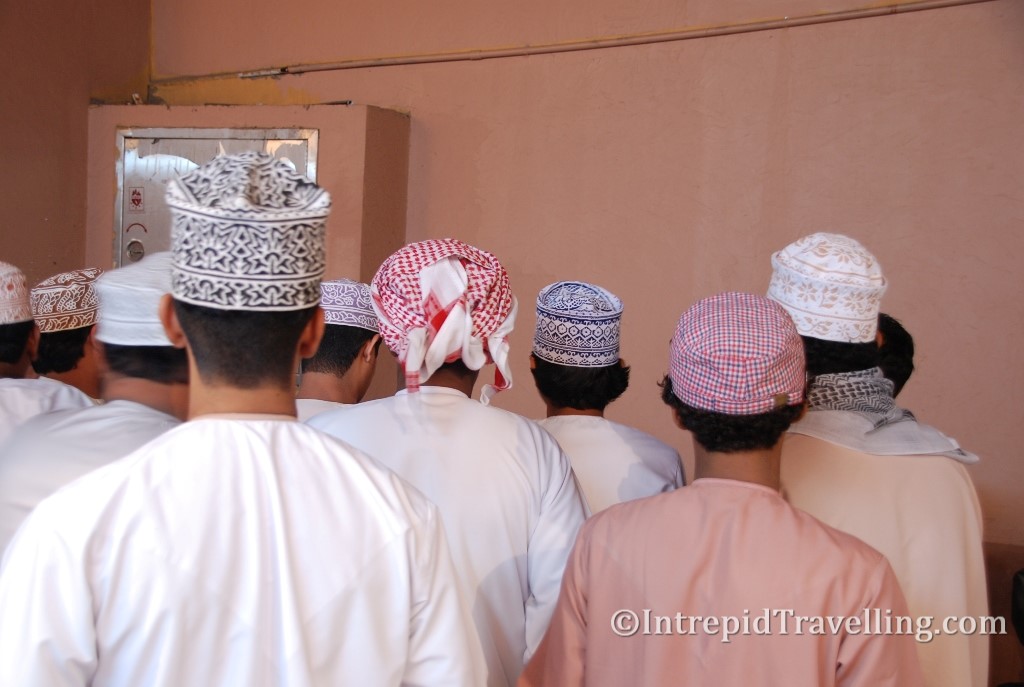
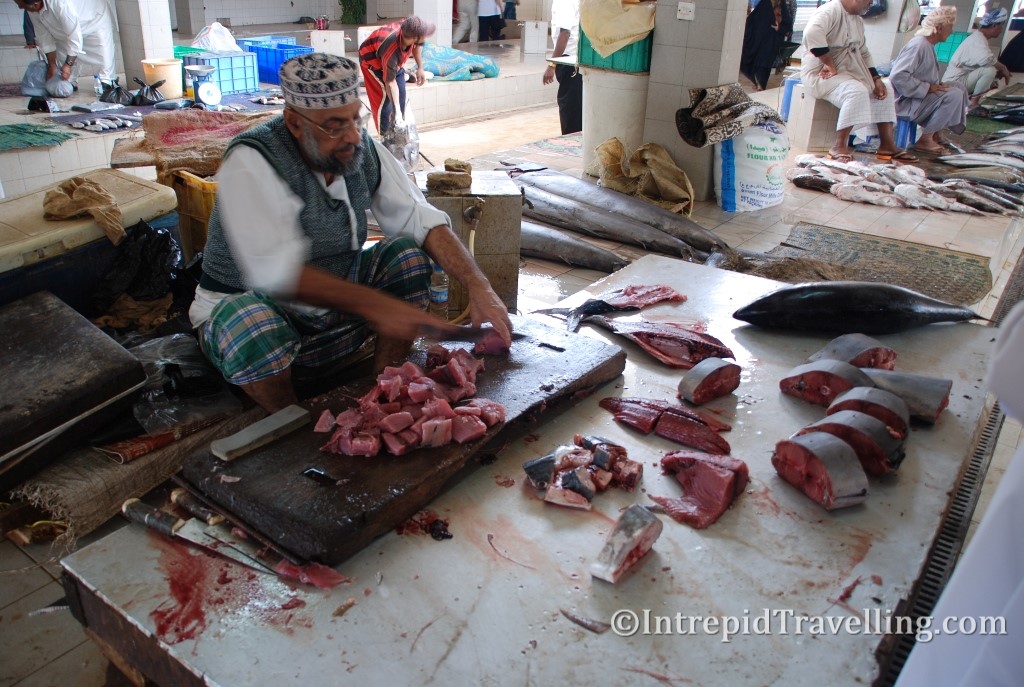
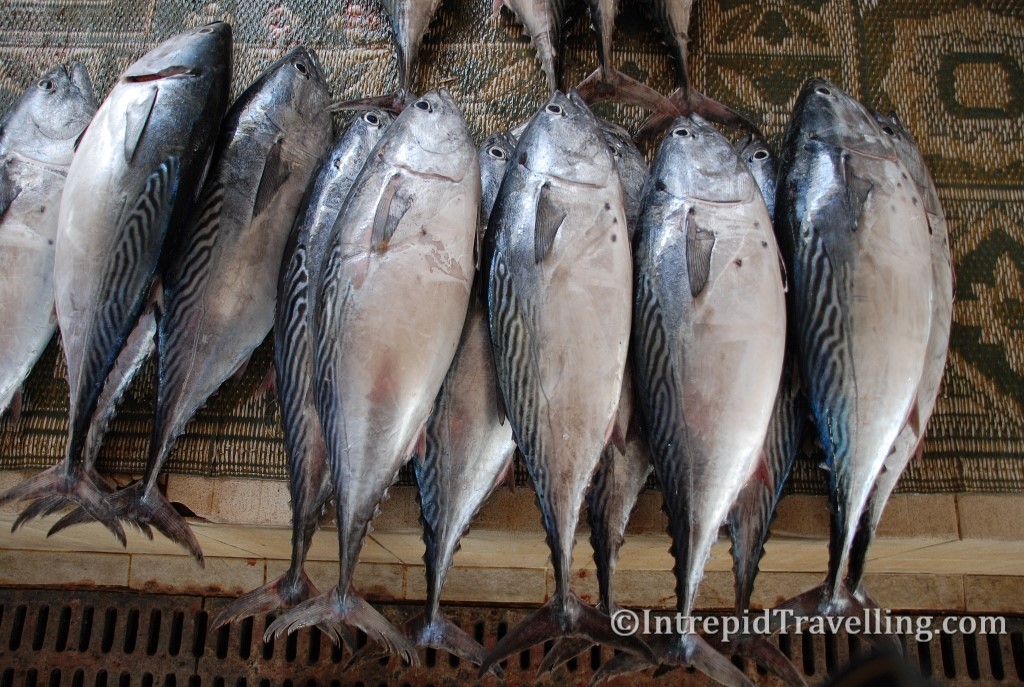
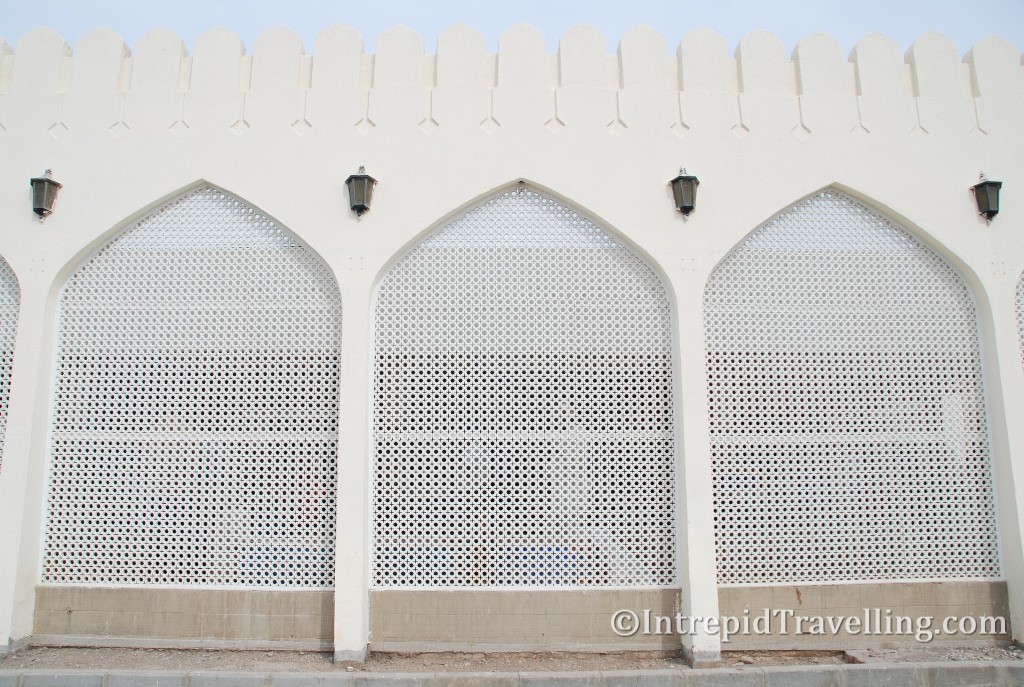
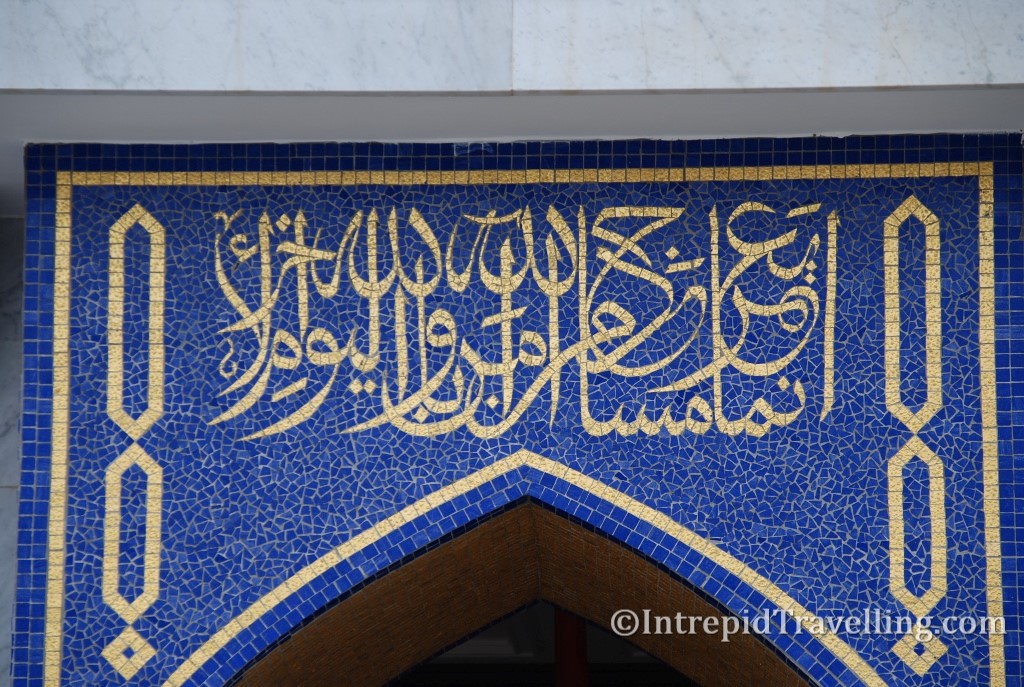
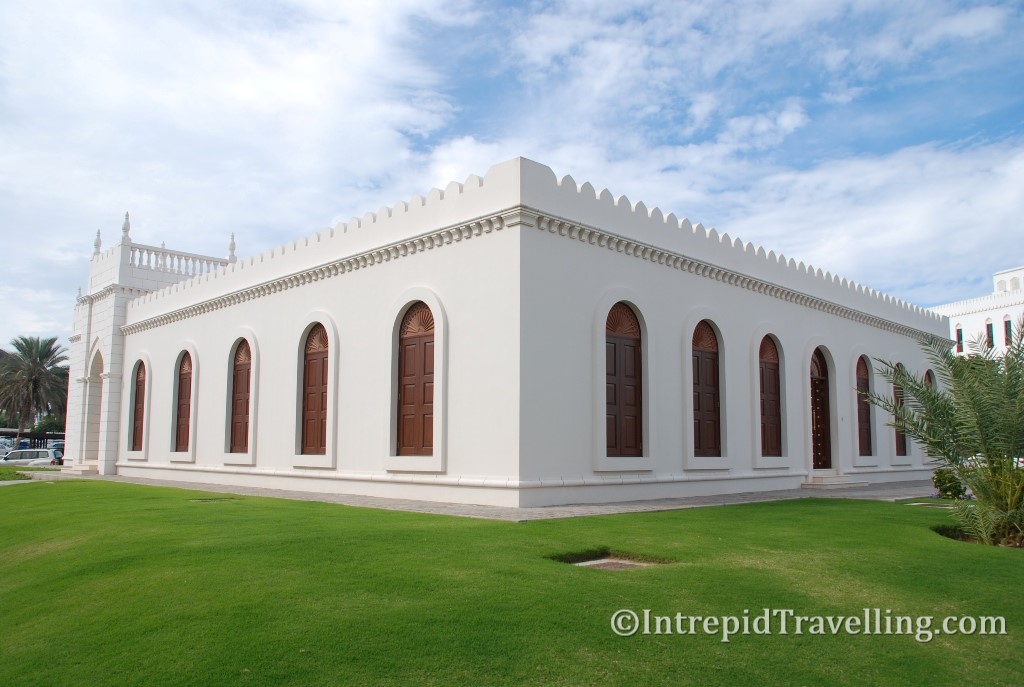
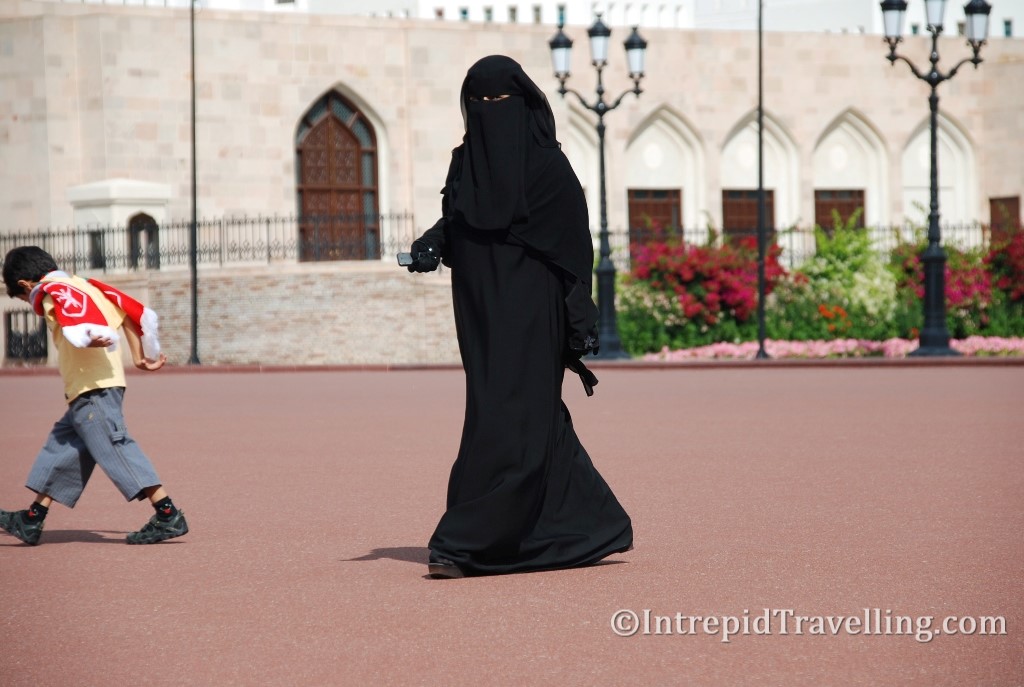
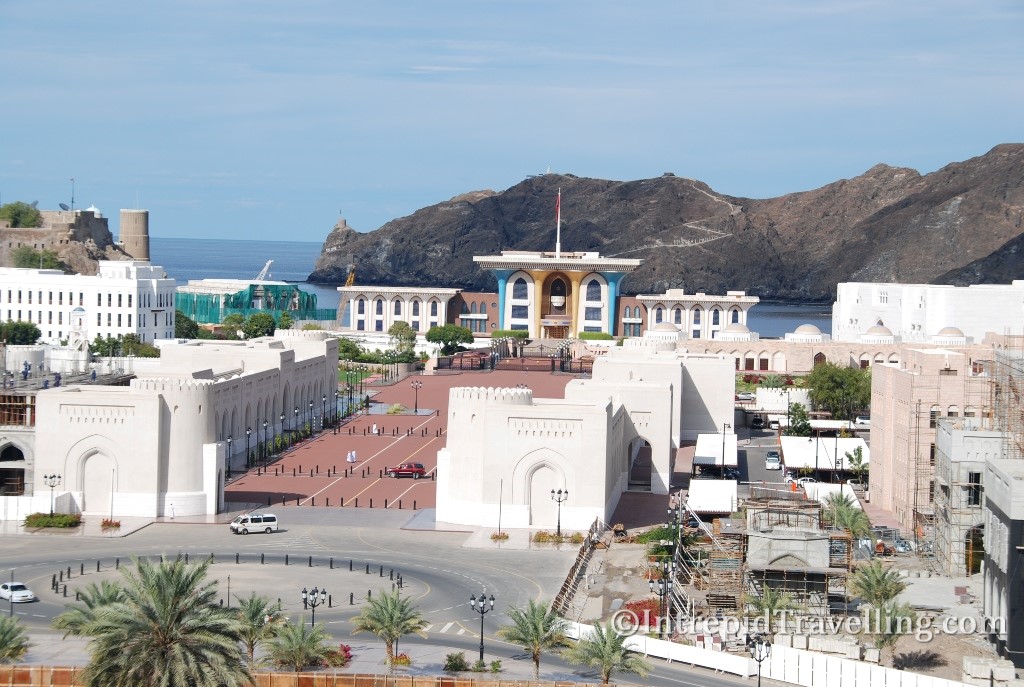
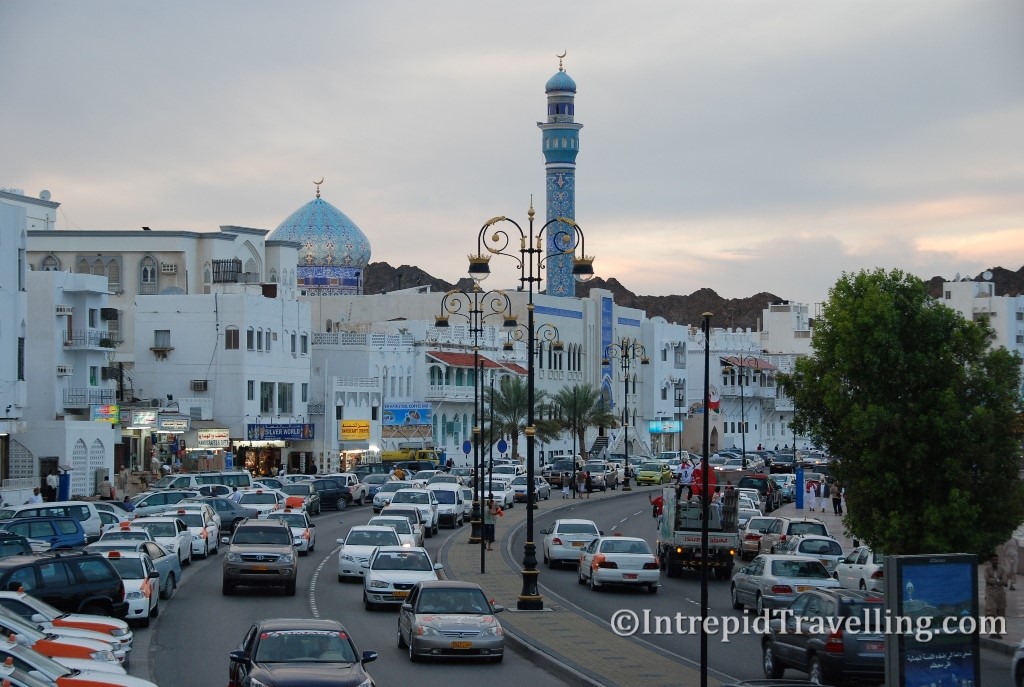
Muscat, the Omani capital, is a six hour bus ride from Dubai. When I arrived, I found the shops were closed and no shortage of cars decorated with Oman’s flag driving around tooting. At one point I thought, gees these guys are crazy about their country, or could it be their National Day? In the end it was neither, it was far more important than that - Oman had won the Arabian Gulf football champs the day before, their first win in the 40 year history of the competition. They certainly do love their football as the driving and tooting went on for three days.
Muscat is like no other city I have seen, white washed walled buildings are restricted to areas where the desolate jagged mountains don’t dominate and there’s not a high rise to be seen. Being a coastal city, Muscat is a popular, and unique, port of call for cruise ships. Sultan Qaboos, the ruler of Oman for nearly 40 years, resides in his Palace in the original area of Muscat.
Omani men walk the streets and markets in their traditional attire – the Dishdasha – which is always immaculately clean and their traditional Omani Kumma hats. Most Muslim women I have seen here don’t go as far as covering their hands and face, but the black Abeyya is mainly worn in public, otherwise their usual colourful attire prevails at home or in their village.
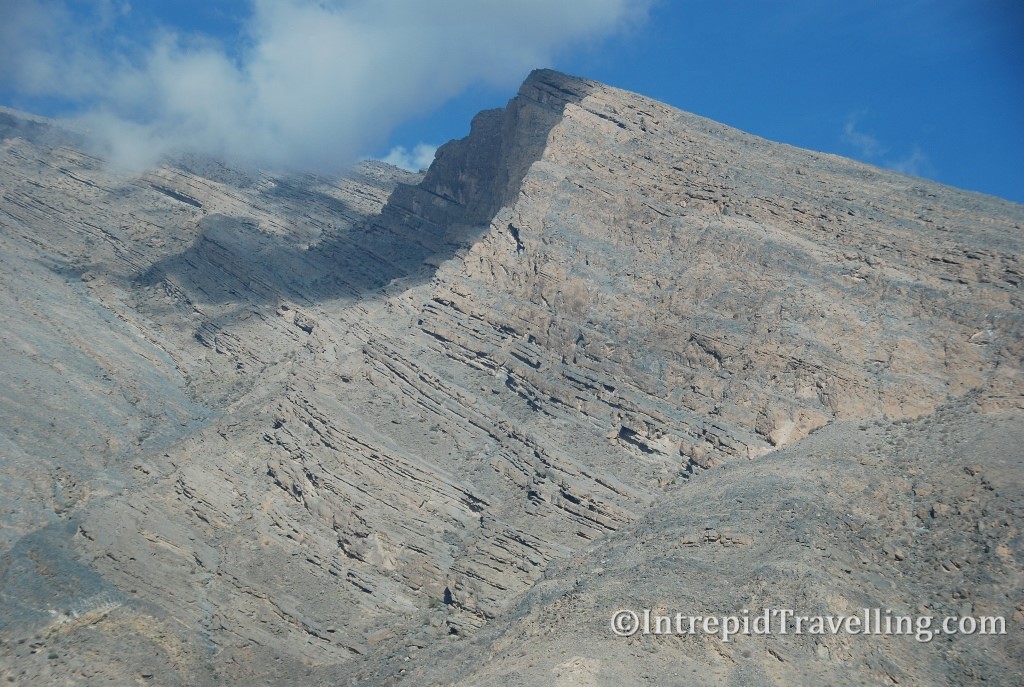
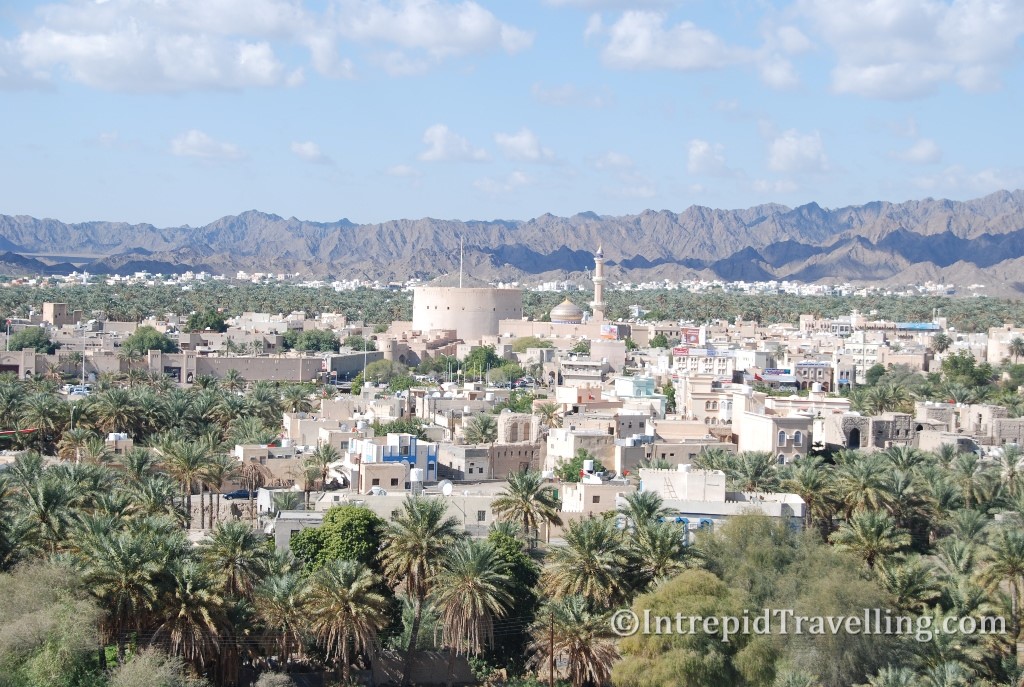
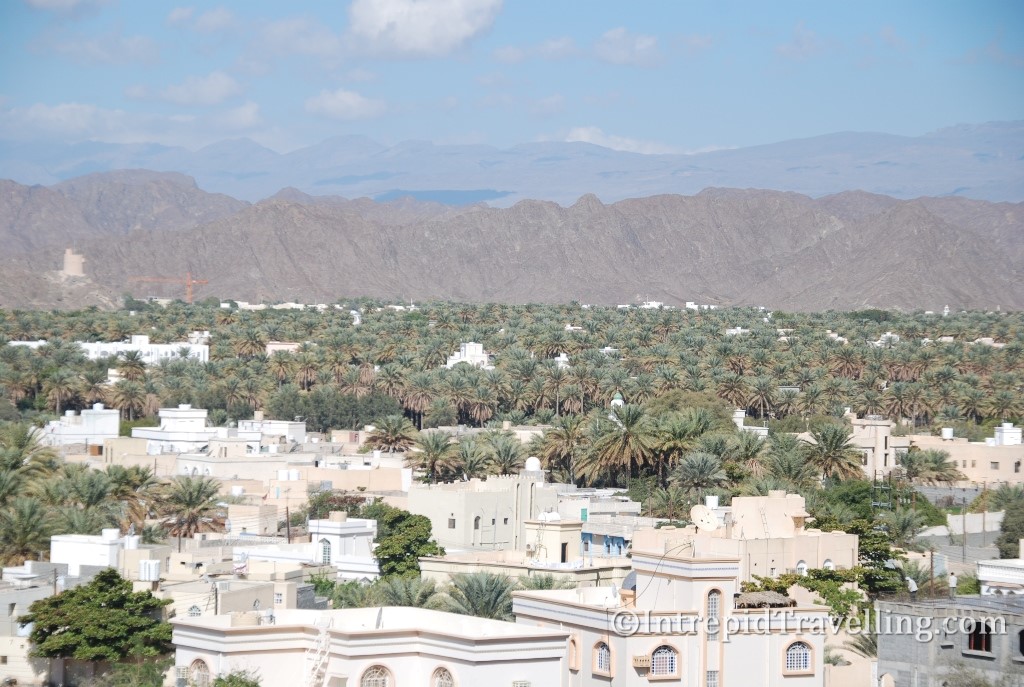
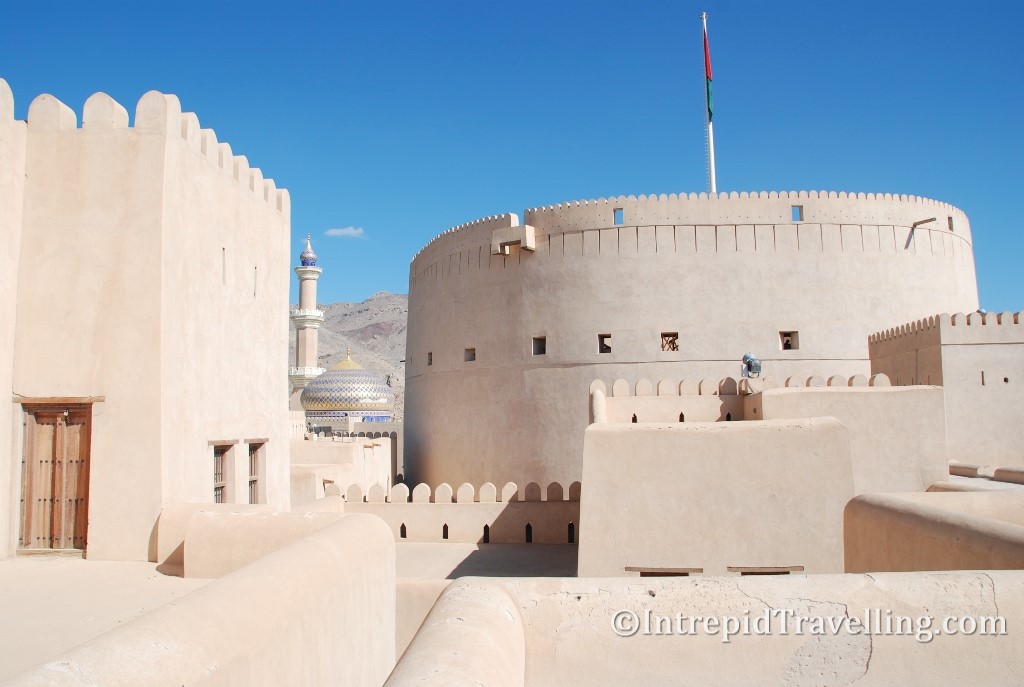
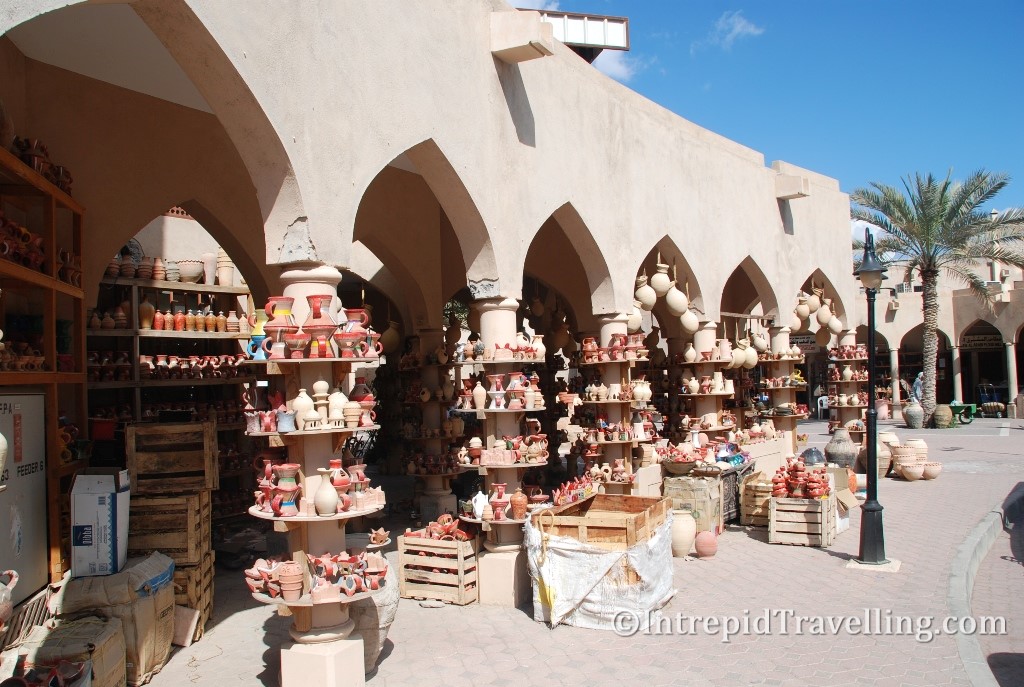
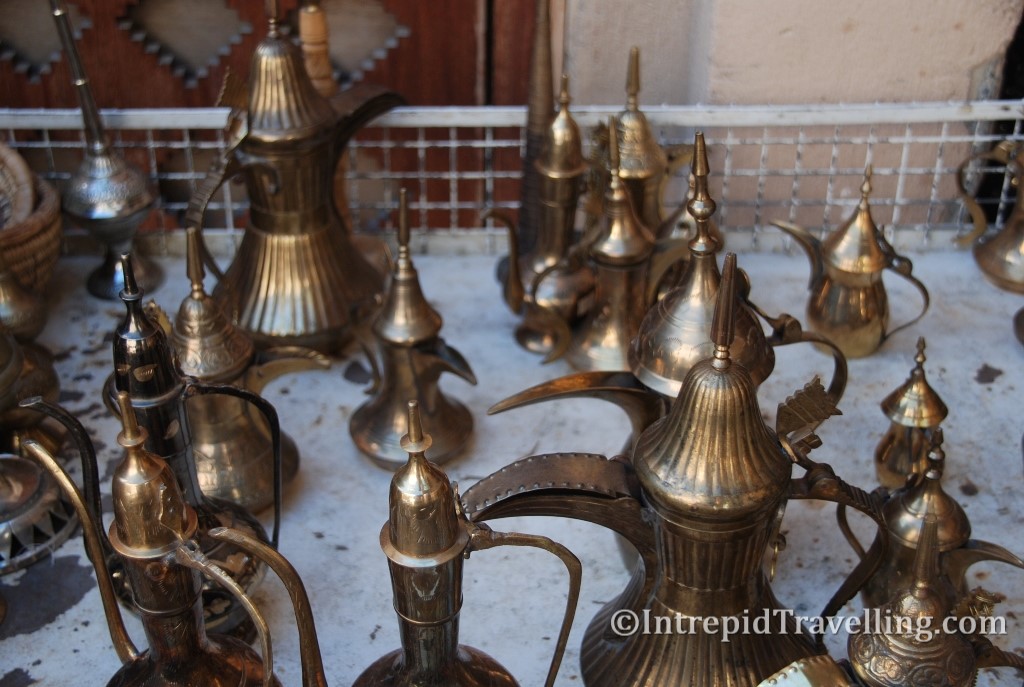
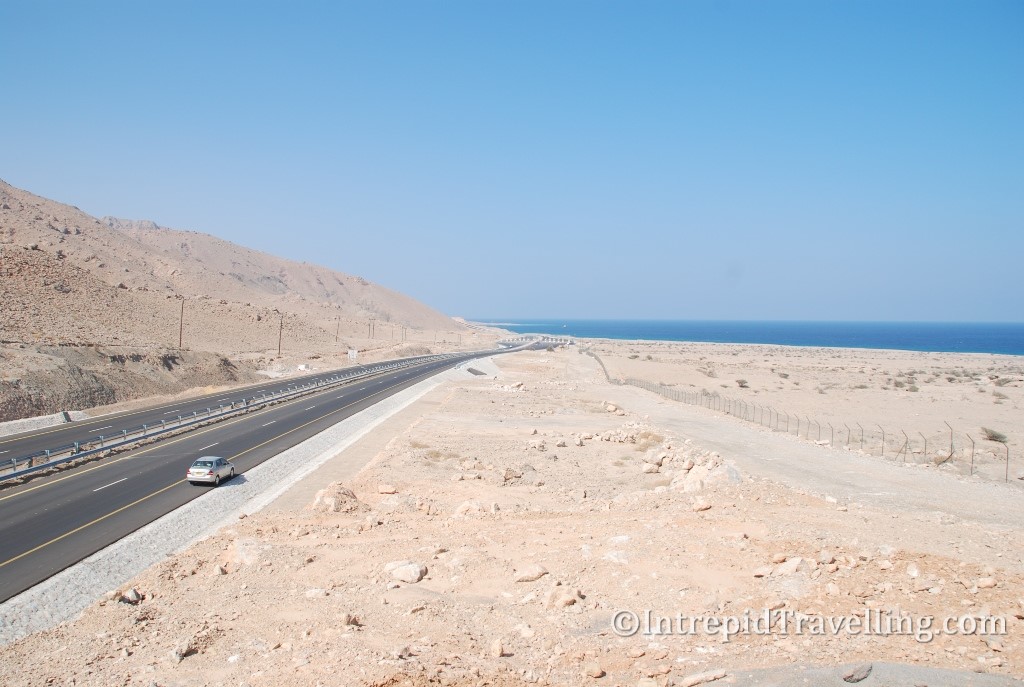
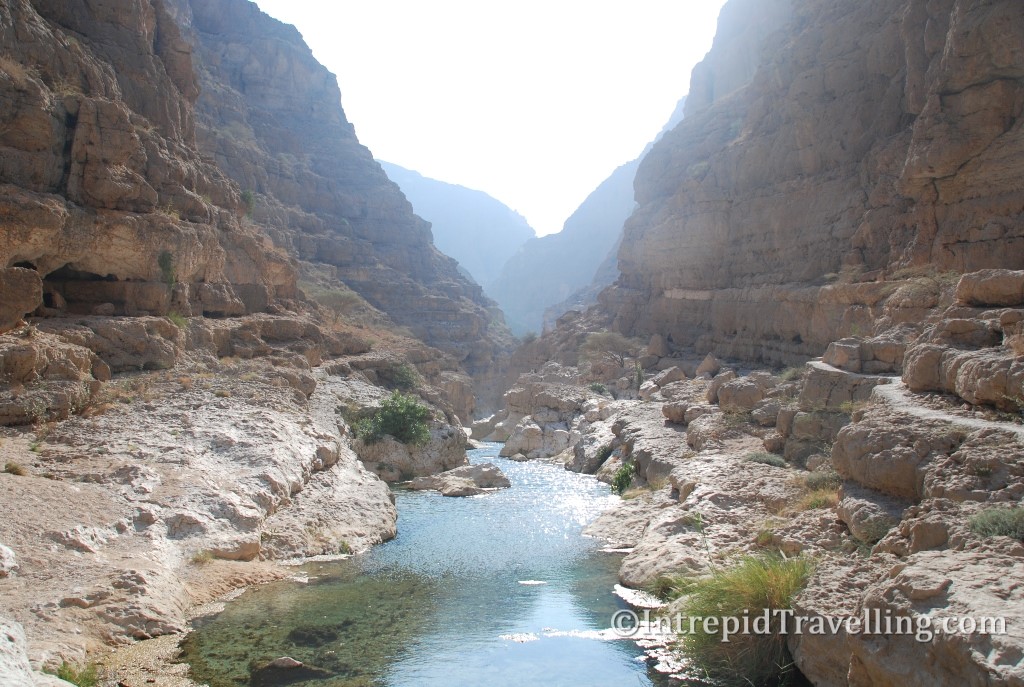
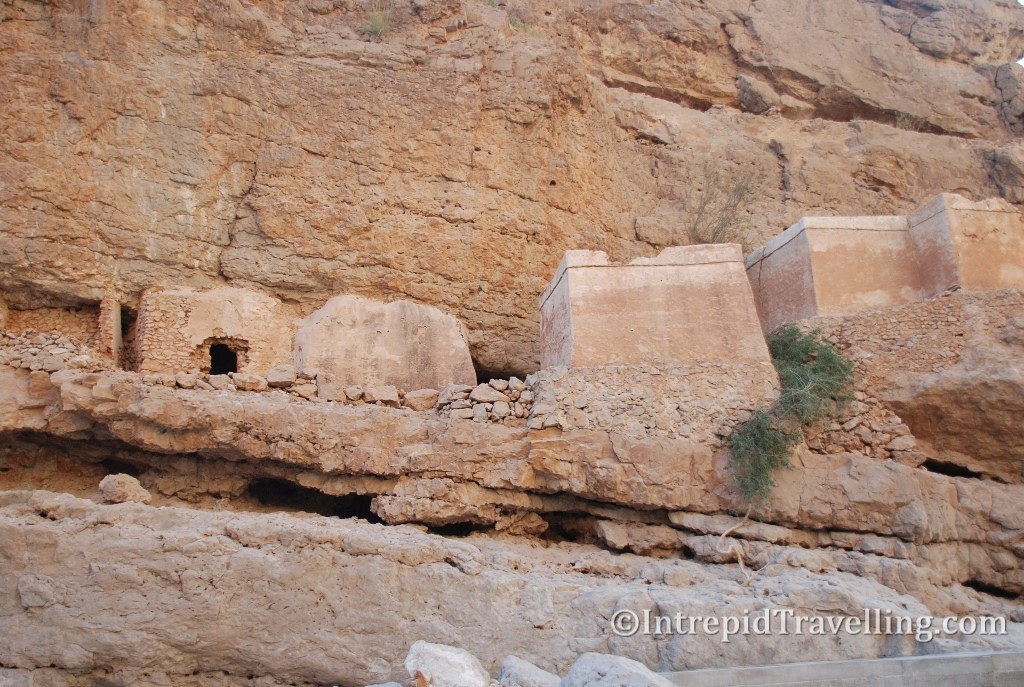
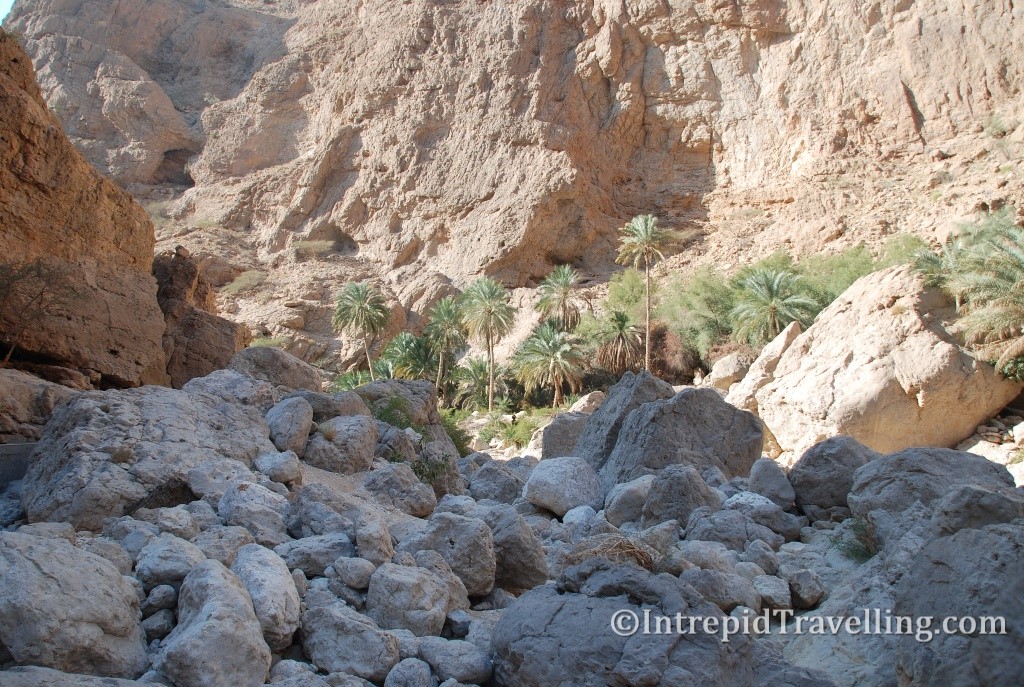
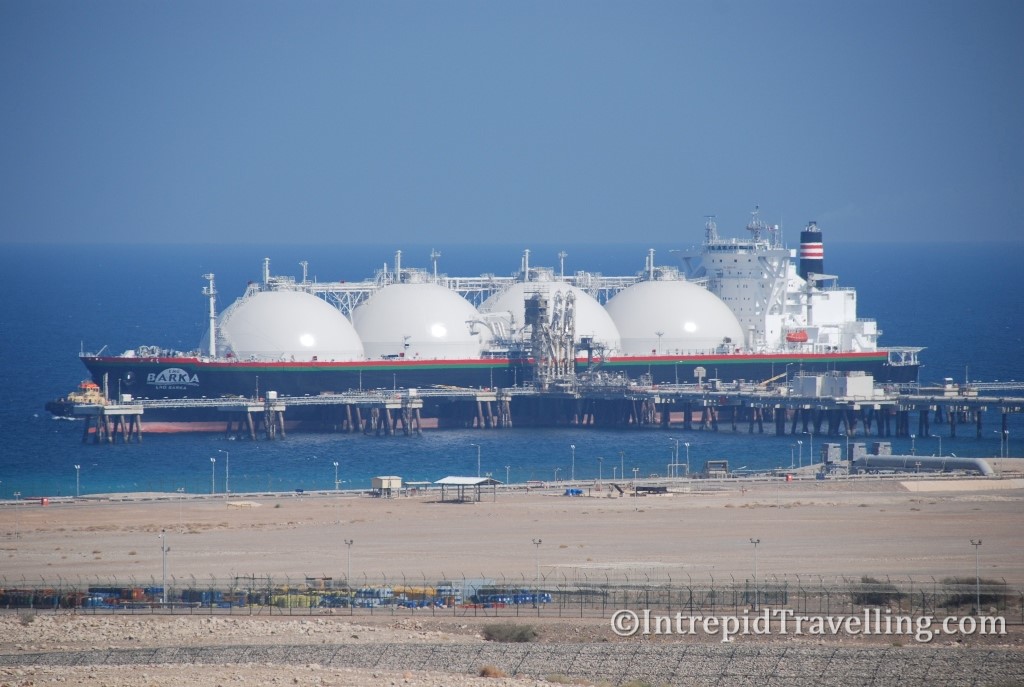
After a few days exploring the streets and markets of Muscat, I decided to take a local bus for a day trip to the inland town of Nizwa; the public transport in and out of Muscat was better than I expected. As we drove the 160km to Nizwa we’d pass some fascinating landscapes, such as the sun bleached Hajar Mountain range that dominates the Northern Omani landscape while the rest of the country consists of sand dunes and a massive flat stony plateau. Nizwa is another alien landscape for me - a sea of Date Palm trees covers the valley, in the middle of the desert.
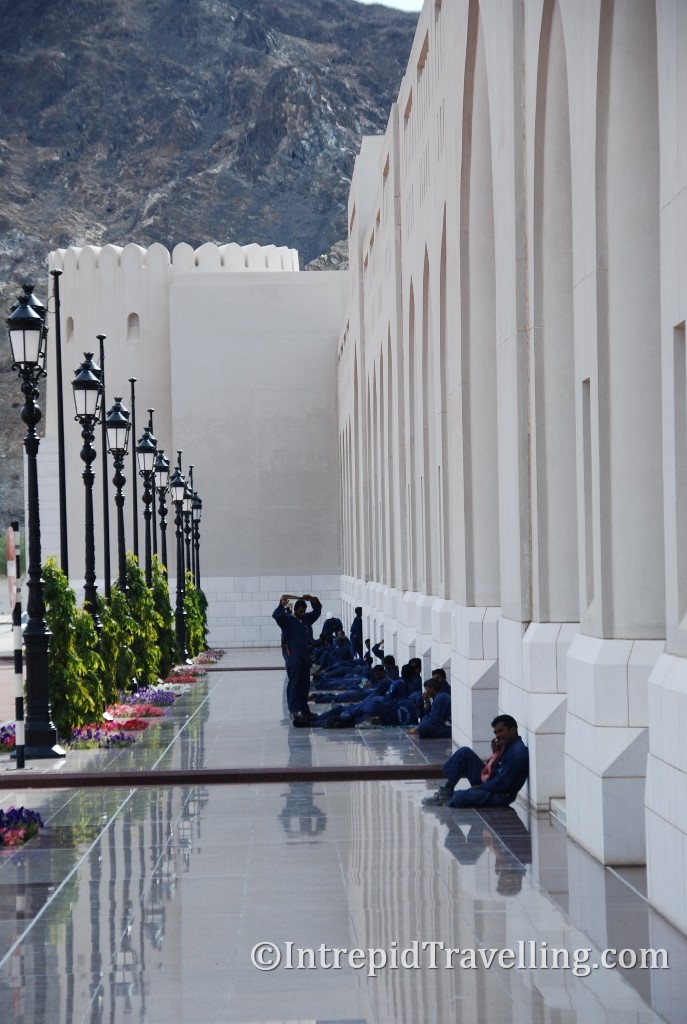
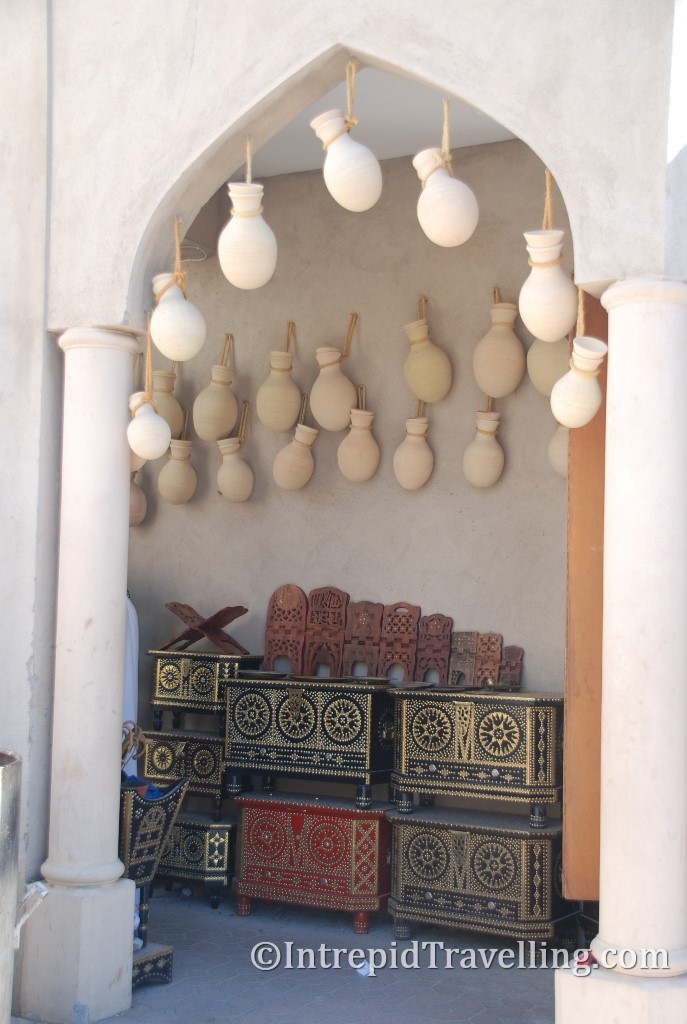
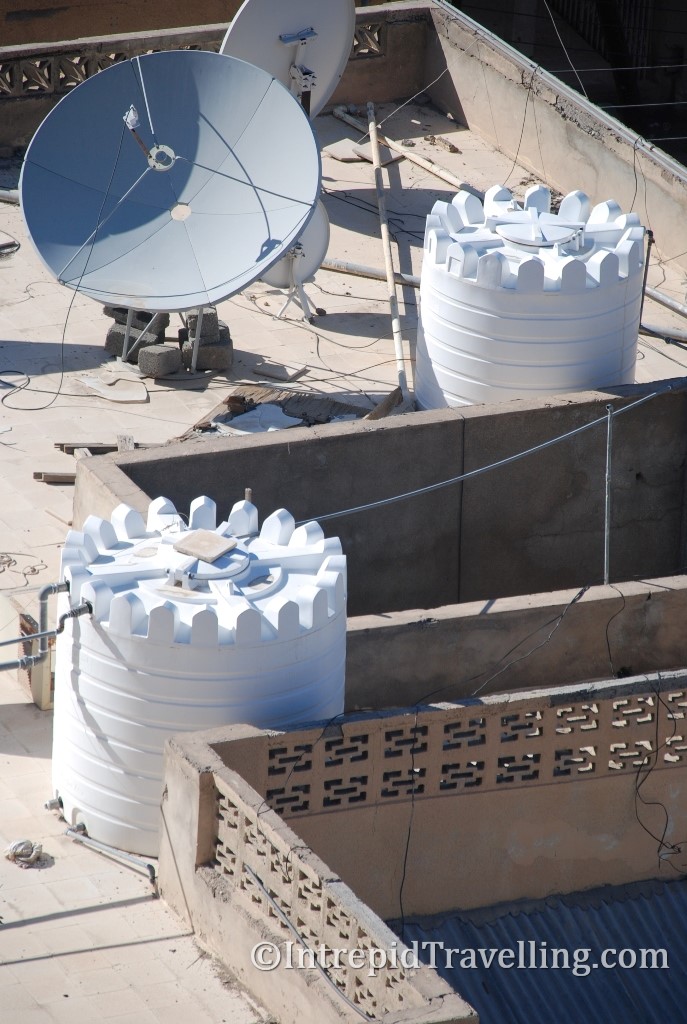
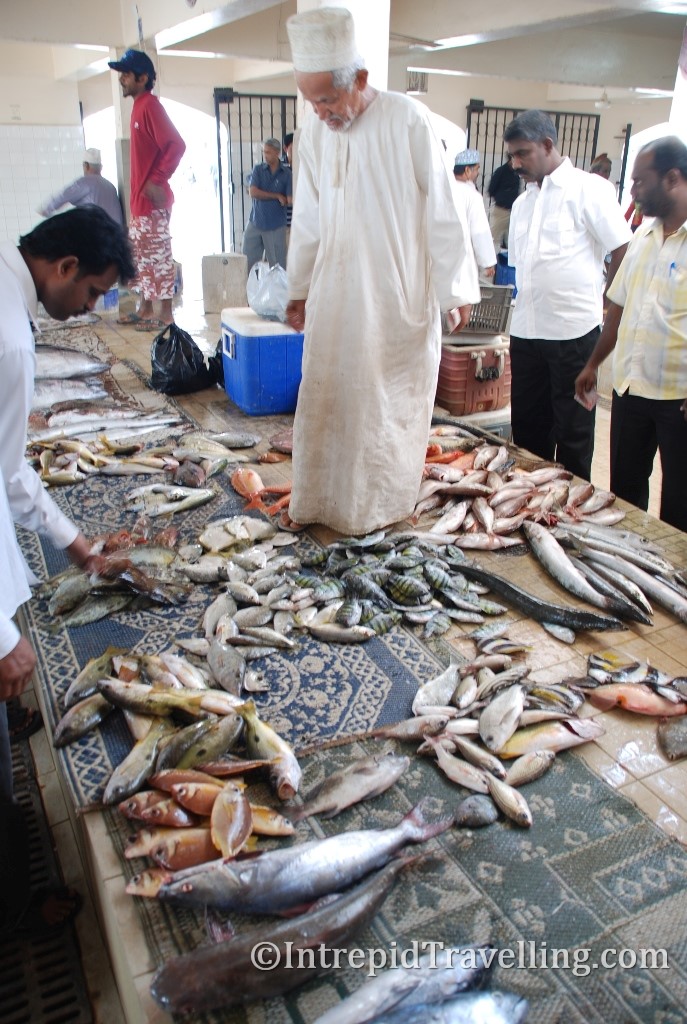
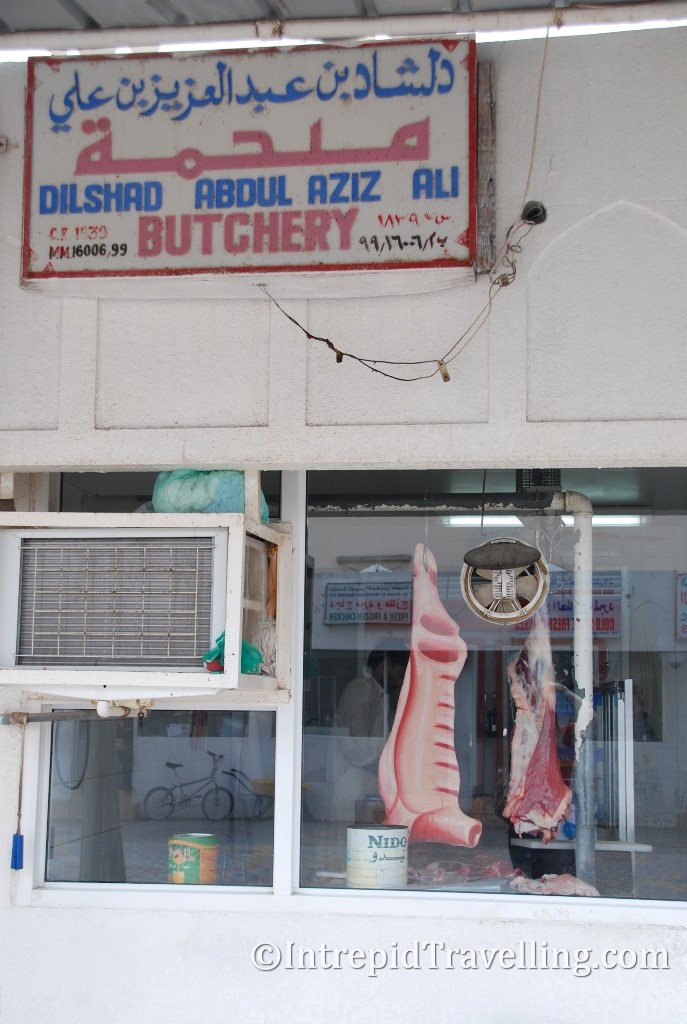
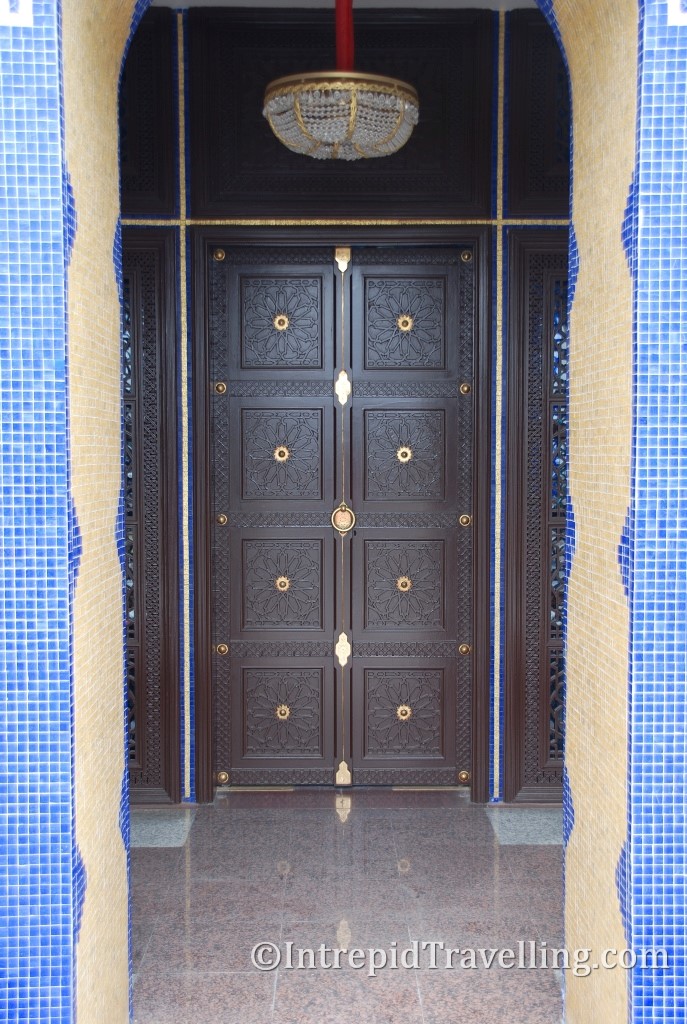
The next day I ventured, via a five hour inland bus ride, to the coastal town of Sur. The town is actually rather dusty and dirty, the kind of place where goats wandering freely through the town centre. Two of the three days I spent in Sur probably could have been better spent… however I had come to Sur to visit the Ras Al Jinz Turtle Reserve which made it all worth while. One of the more unusual sights I had noticed in the Sur estuary is alive with these ‘pop-eye’ like crabs where they have this one massive claw and a much much smaller one. On account of there being no public transport in or around Sur, I hired a car for a day (and when petrol is USD $0.45 per litre, who wouldn’t!) to visit Wadi Shab, reputability the most beautiful Wadi in Oman.
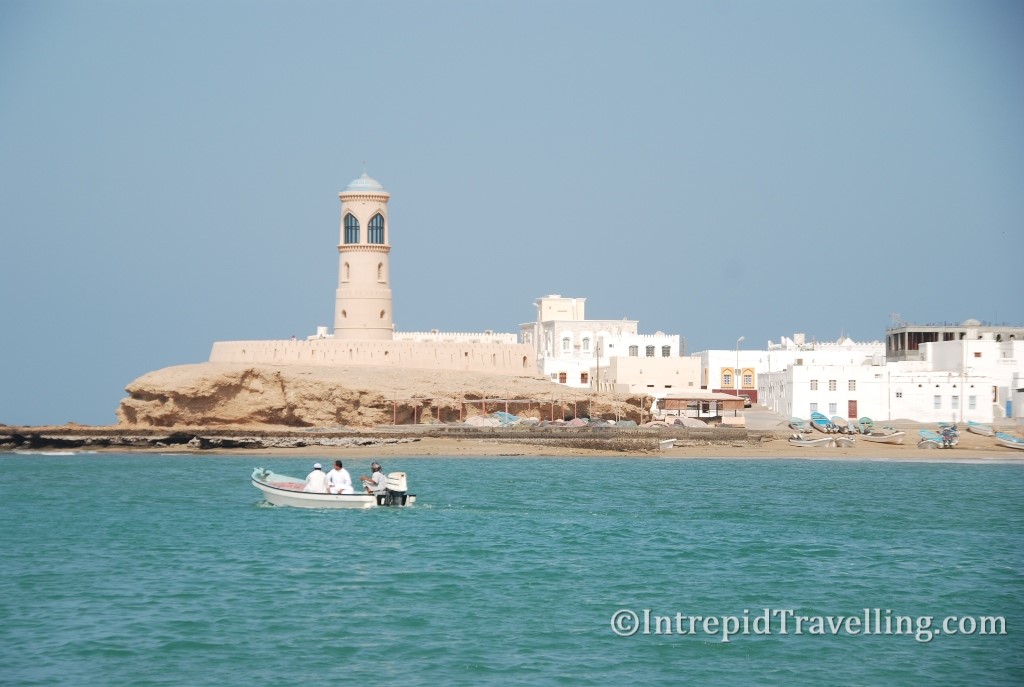
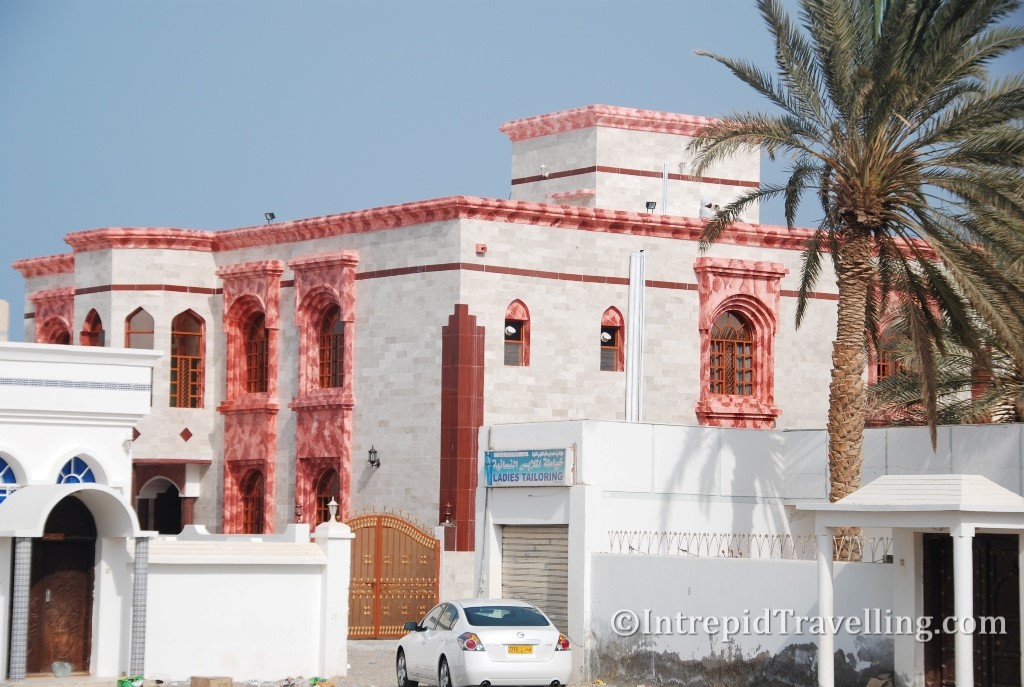
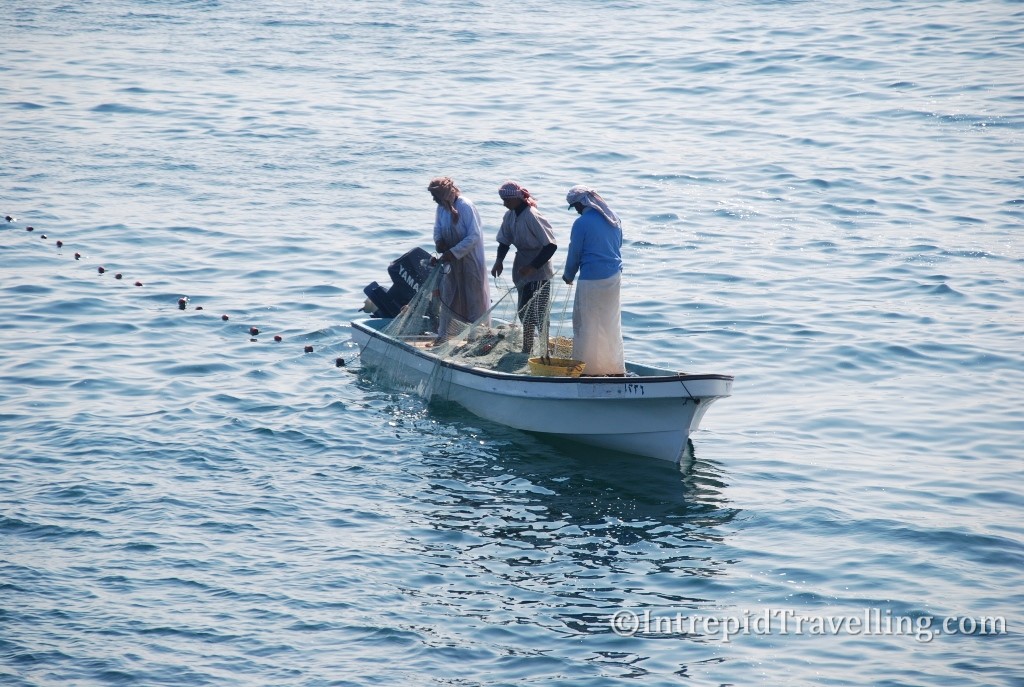
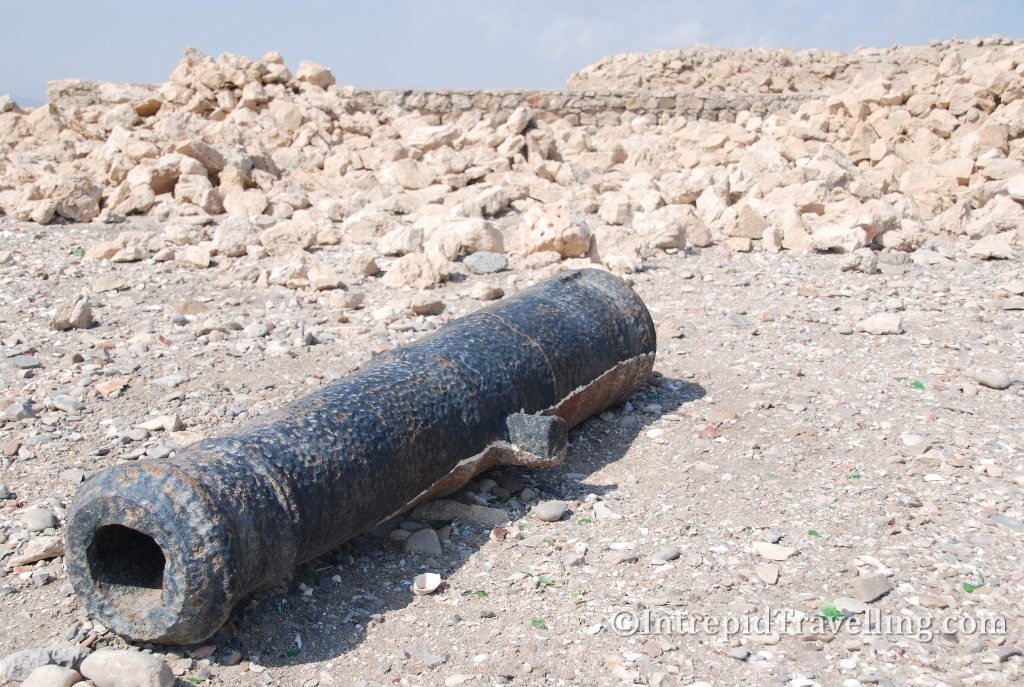

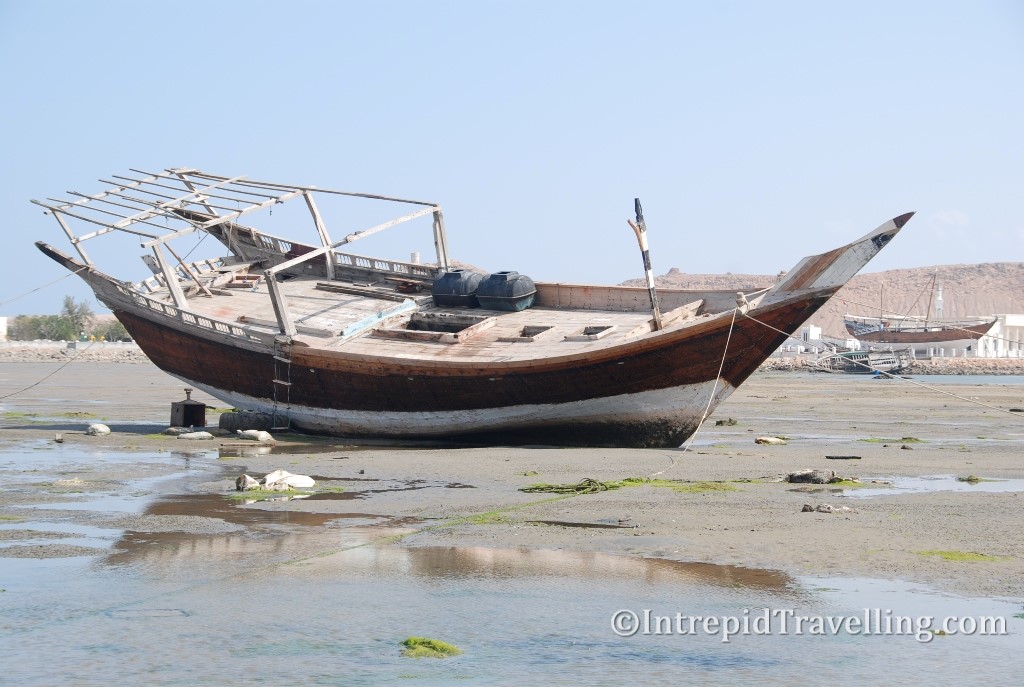
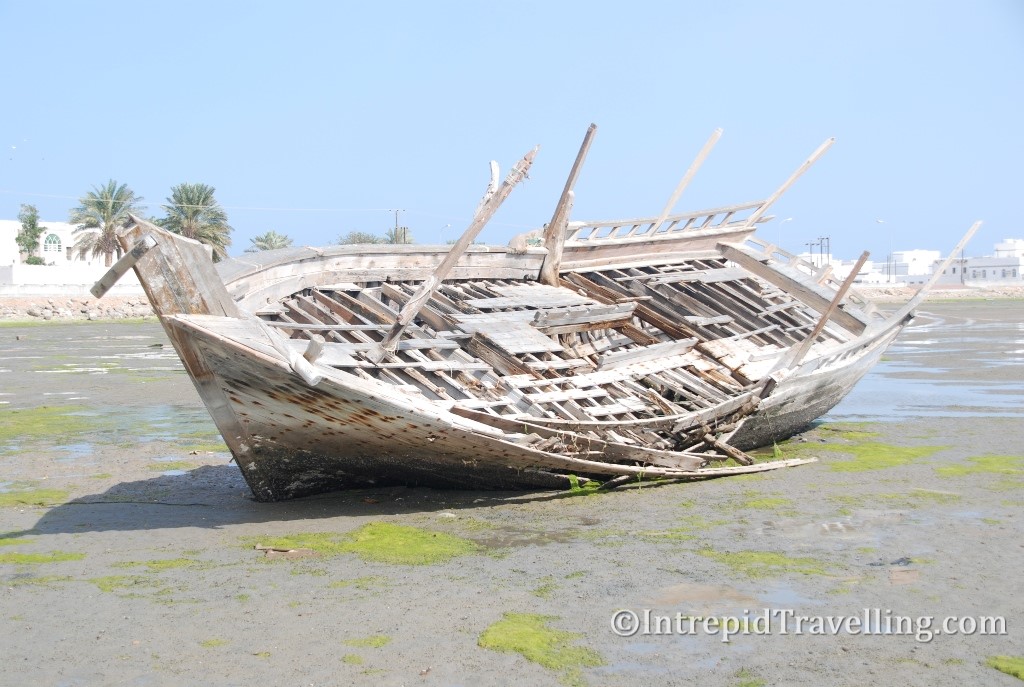
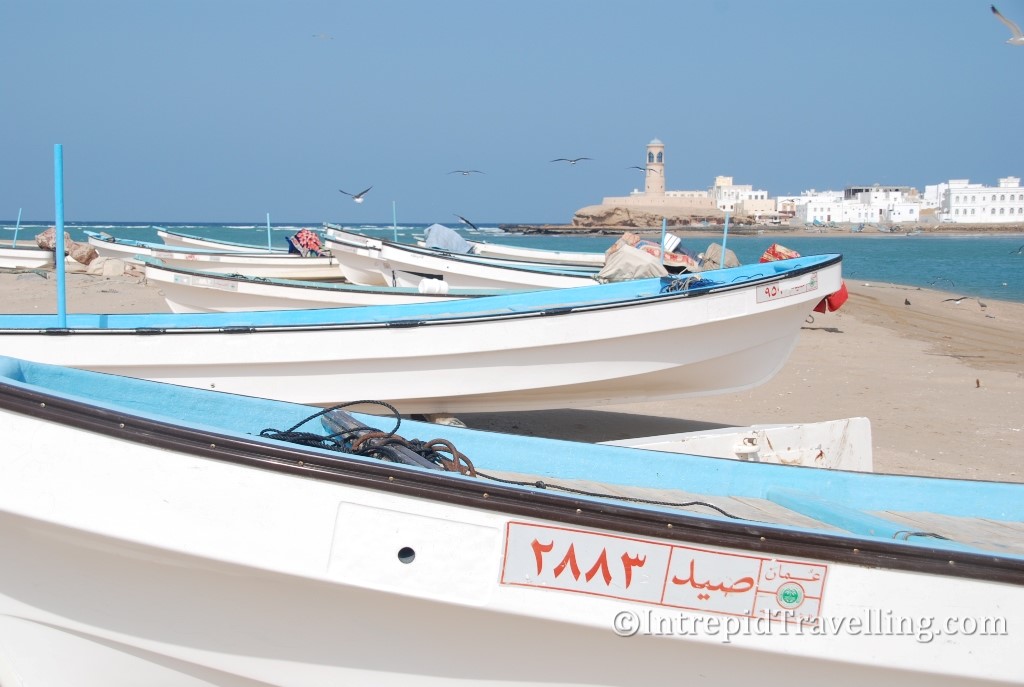
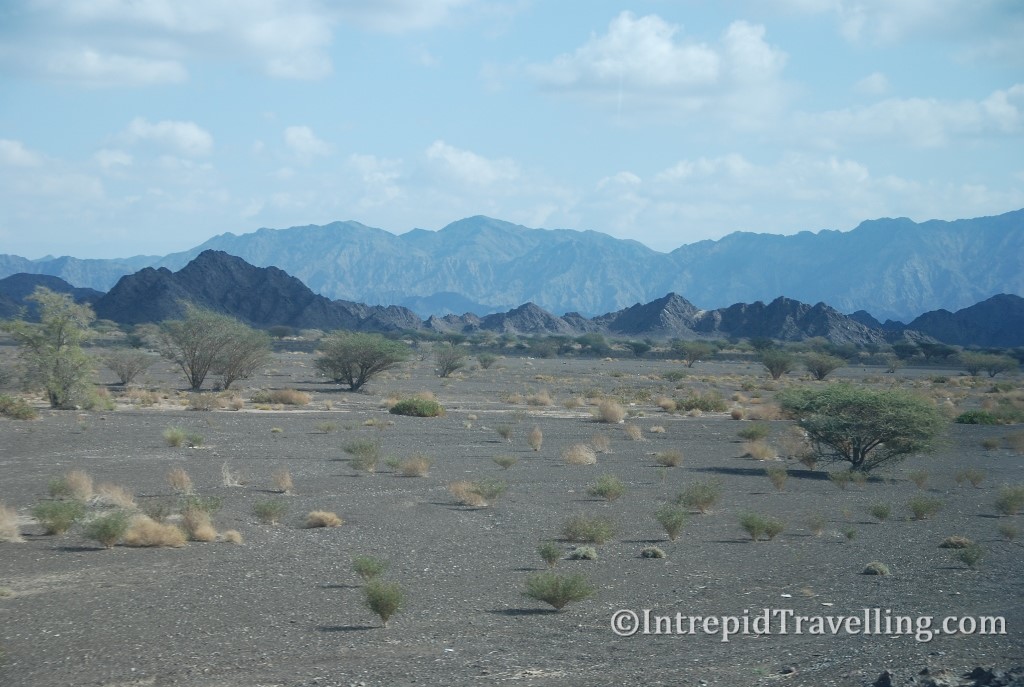
However, on my arrival I soon realized this must have been before the massive flood that had obviously raged down the valley. I asked around and sure enough there had been a big flood 18 months earlier thanks to a storm the likes of which had not been seen before; in a local Omani’s words "way back in my grandfather’s father’s time".
I thought this was worth a mention (as I was surprised to see it myself); several of the Omani currency notes are expressed as a fraction, instead of say 50 cents (or 500 Biasa as is the case). I would spend about $600 USD worth of Omani Rials during my 10 day stay just to give you an idea of a budget for those intrepid travellers planning to visit.

